Devaluation is bitter sweet for firms
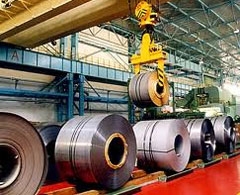 |
| illustration photo |
Steel firms are among the most negatively affected ones. For example, Pomina Steel Corp. (POM) said it had increased selling prices from VND300,000 ($14.5) to VND400,000 ($19.3) per tonne since February 18 despite modest demand.
POM chairman Vu Duy Thai said the rise was inadequate to cover the exchange rate change. According to Thai’s calculations based on the US currency and input materials hike, selling prices would be raised by VND1 million ($48.3) per tonne to stop the company from suffering loss.
Dai Thien Loc Steel Corp. (DTL), however, is getting abnormal returns thanks to the exchange rate rise. By exporting hot rolled steel overseas instead of selling to the domestic market, DTL estimates its first quarter profit at VND100 billion ($4.83 million) out of VND250 billion (12.08 million) for the whole year.
Domestic exporters are also gaining from cheaper capital loans. While the companies can borrow local banks US dollars with interest rates of 5 to 6 per cent, others have to lend capital in Vietnamese dong with the rates of 16 to 17 per cent.
On the other hand, exchange rate rise seems to have triggered no sudden changes to many domestic companies which have to import input materials. In fact, those companies have had to purchase US dollars with actual prices much higher than the official one for recent months.
“After the exchange rate adjustment, many enterprises have still found it hard to purchase US dollars,” Tran Dac Tri Tue, an analyst for Golden Lotus Securities.
“As long as the official exchange rate remains lower than the actual ones enterprises trade, the [high] cost for production will see little change,” he said.
What the stars mean:
★ Poor ★ ★ Promising ★★★ Good ★★★★ Very good ★★★★★ Exceptional
 Tag:
Tag:
Related Contents
Latest News
More News
- HCM City set to welcome fresh wave of US investment (November 26, 2024 | 08:00)
- Dynamic M&A landscape felt in food and beverages (November 25, 2024 | 16:21)
- River lights up Danang growth goals (November 25, 2024 | 10:00)
- Concerted efforts improve Ca Mau’s development status (November 25, 2024 | 09:14)
- Citi: Vietnam and India may benefit most from supply chain shifts (November 22, 2024 | 15:54)
- Foreign investors flocking to southern region (November 21, 2024 | 17:33)
- Ninh Thuan charms industrial development investors (November 21, 2024 | 12:21)
- M&A prospects bright in many sectors (November 21, 2024 | 11:54)
- M&As working in tandem with health development (November 21, 2024 | 11:29)
- Slow disbursement hinders ambitions (November 21, 2024 | 09:00)


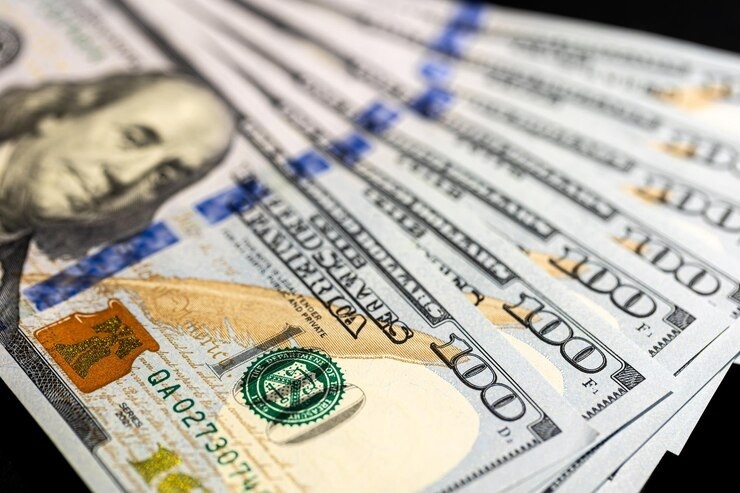
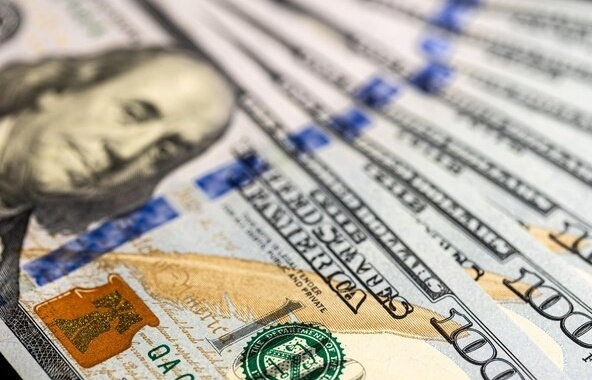


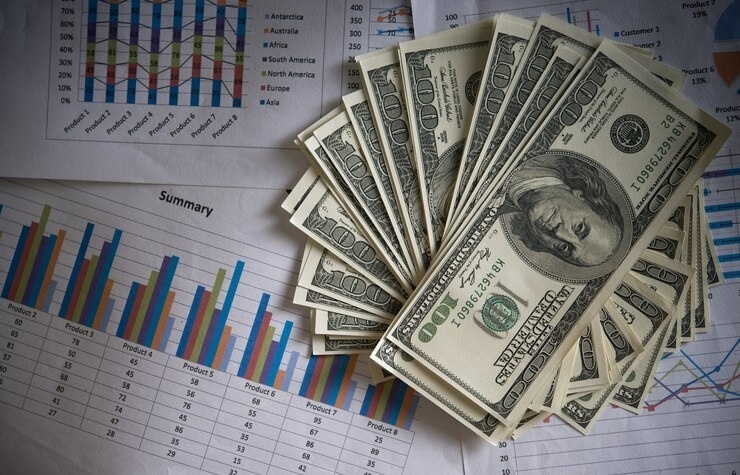
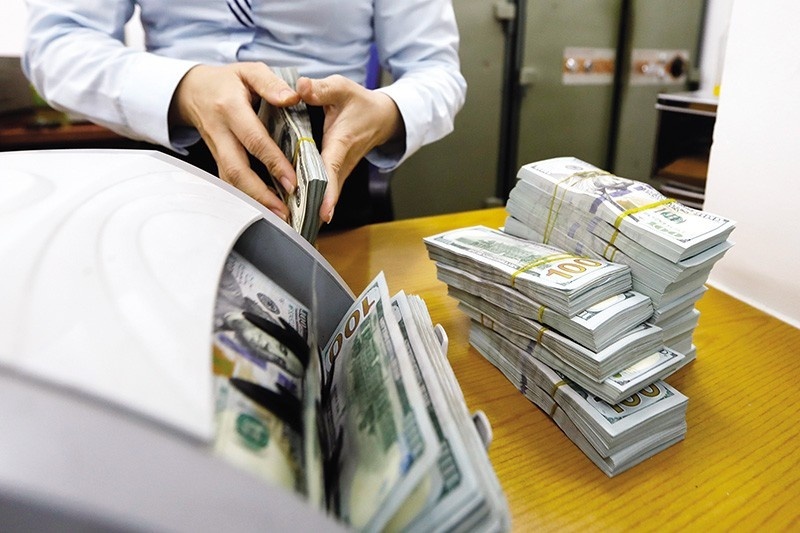


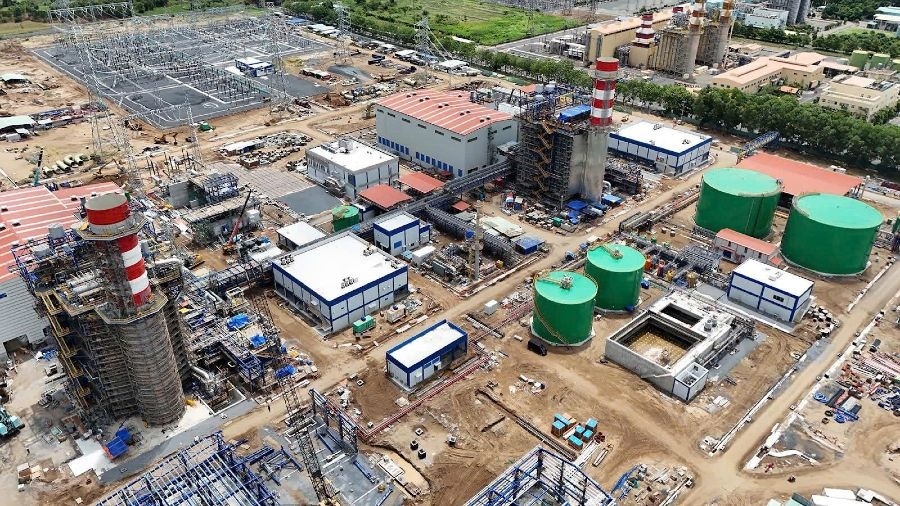
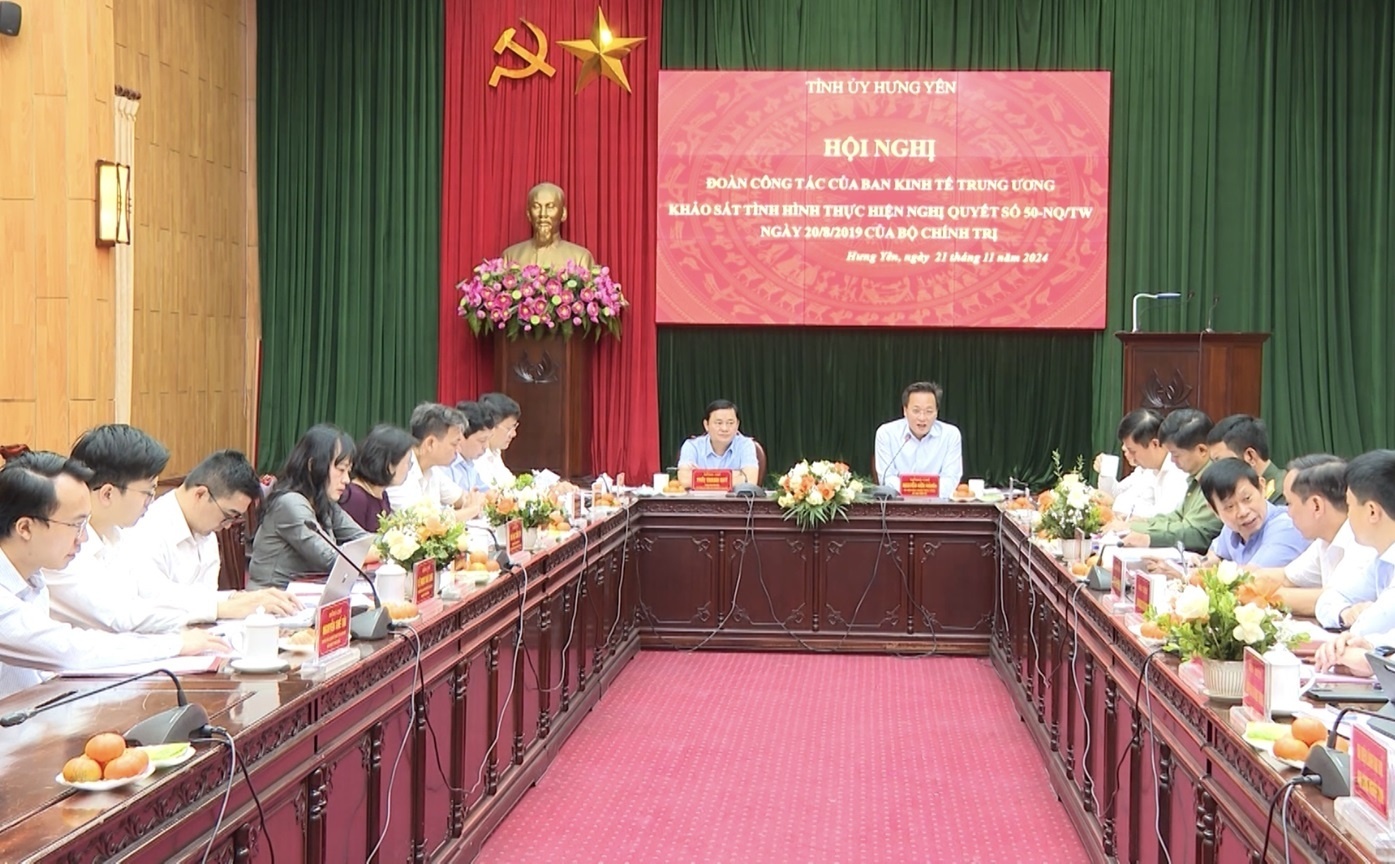





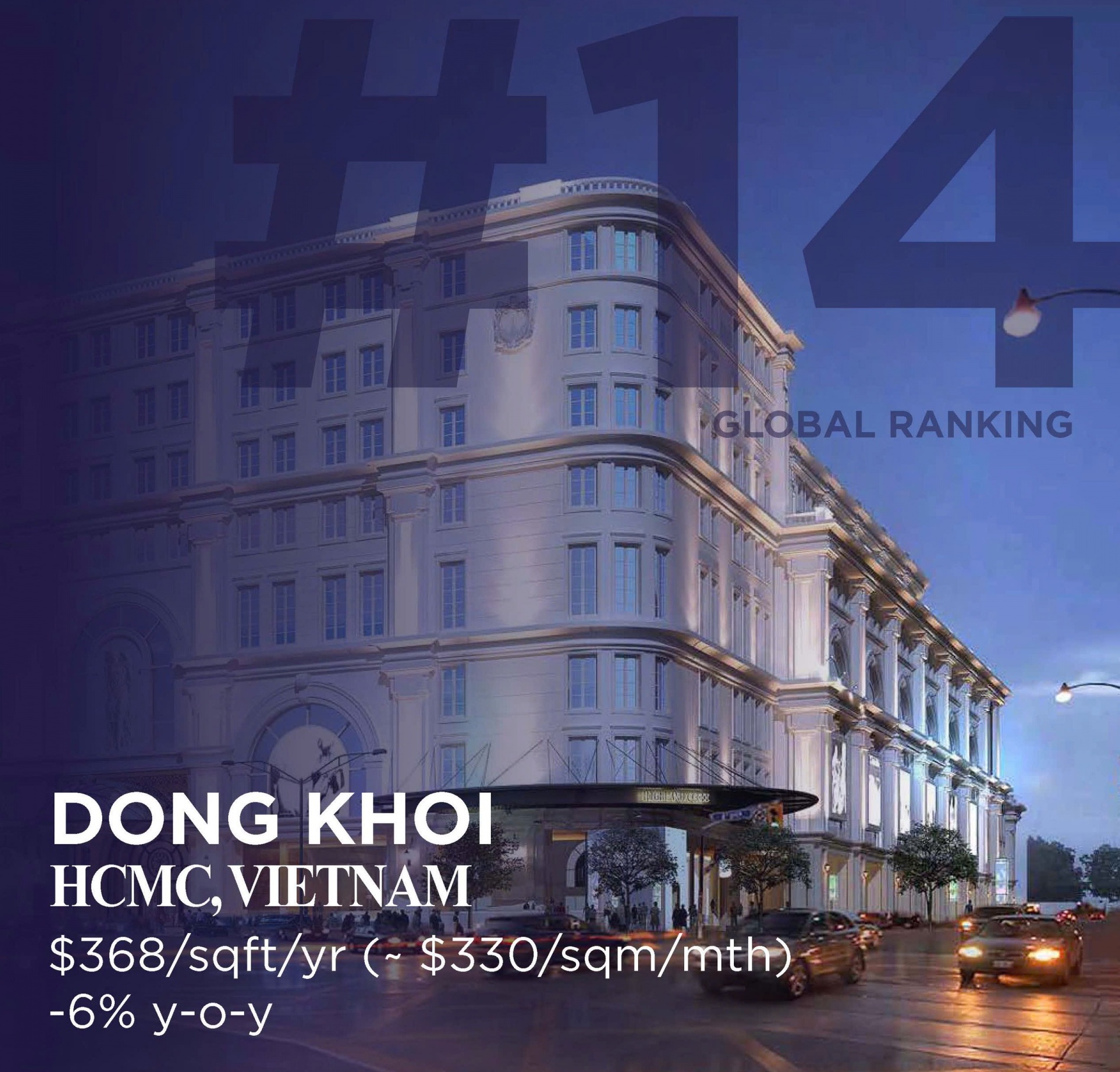
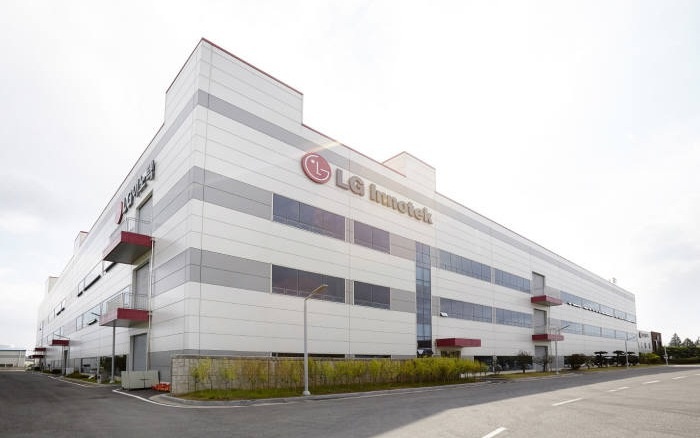

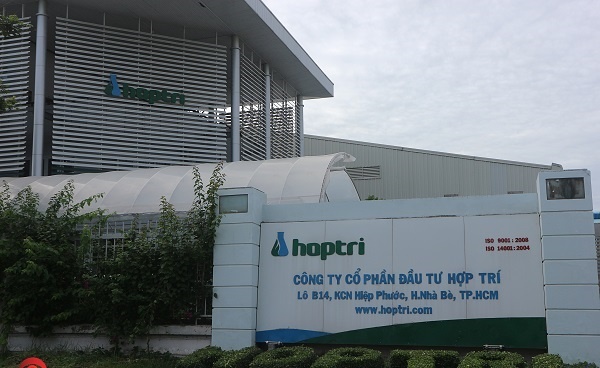



 Mobile Version
Mobile Version